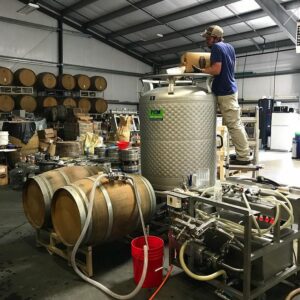Mead is often confused to be a subcategory of wine and often referred to as “honey wine.” But mead’s biggest differentiator from wine is its starting ingredient. Mead is made from fermented honey, and wine is made from fermented grape juice. And while compared to beer, wine is more similar to mead in certain aspects, the two still fall into different categories of alcoholic beverages. By federal regulations, mead falls into a classification of “other fermented beverages” where it is grouped with cider and perry as “fermented products, which are not classified as beer from malt, wine from grapes”
The Ingredients
Understandably, mead can be confused with honey wine because wine’s main ingredient is easily juiced and falls much closer to honey than the grain that beer is made of. But the core ingredients of the two beverages further drive the differences in how the product is made, varieties, alcohol content, and final taste.
Wine
- Grapes
- Yeast
- Sulfur dioxide – a natural preservative
Mead
- Honey
- Water
- Yeast
- Additional flavoring ingredients – anything edible from spices to fruit
Making Wine
Fermentation is the process in which science, or the magic, happens. Yeast, a single-celled organism, feasts on the sugar content in the grape juice and creates alcohol, and carbon dioxide as by-products. All alcohol is made using fermentation, and all starting ingredients are first prepared for it. A grape is picked and crushed to make juice, the juice is fermented, filtered, and bottled.
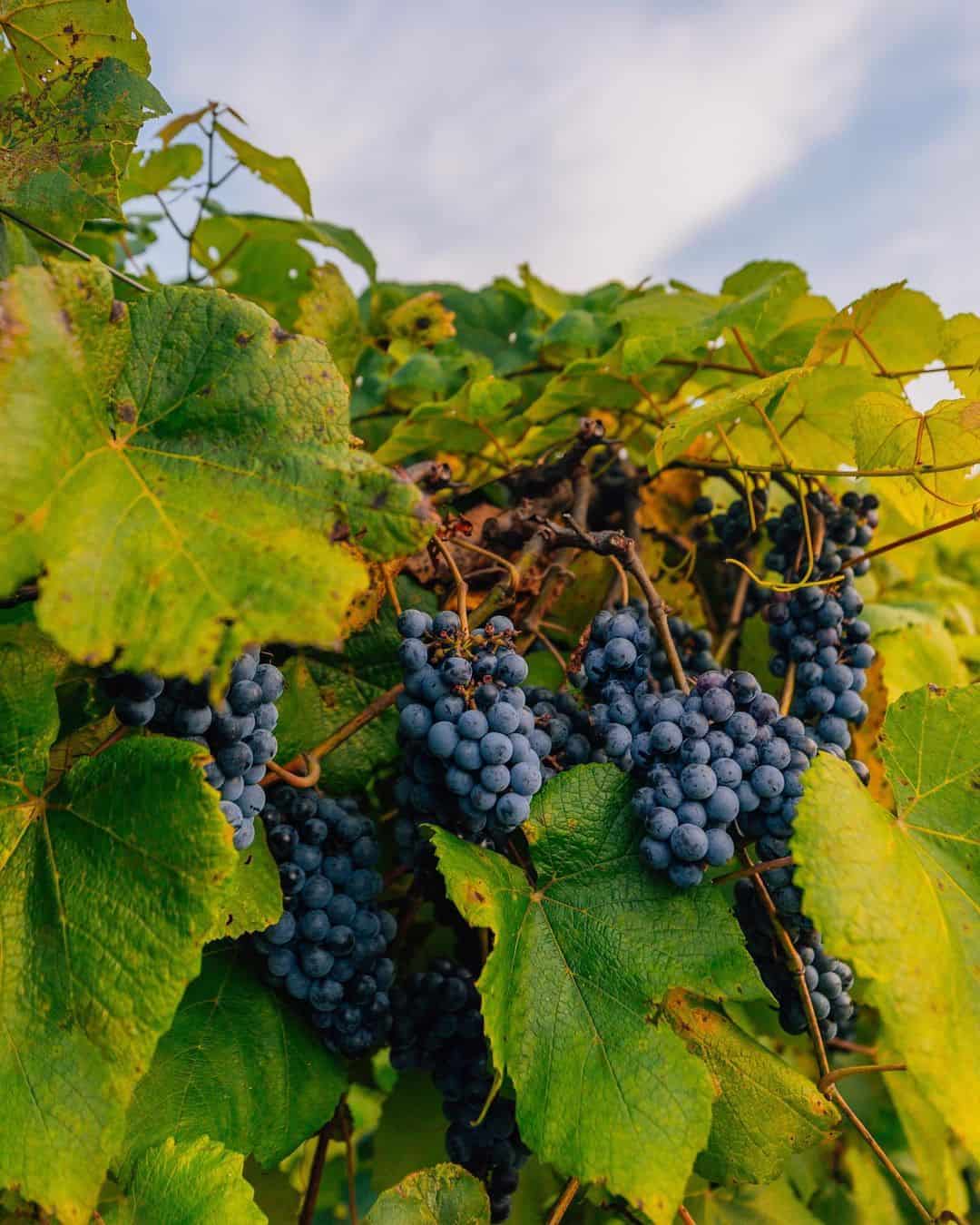 Photo from @chateau_elan
Photo from @chateau_elan
1. Harvest
Most wineries have on-site vineyards where they grow and harvest grapes. Based on where the vineyard is located, climate and weather are major factors that affect the harvest, and winemakers regularly sample crops to determine the ideal pick dates. Aldo Sohm, the author of Wine Simple, says that there isn’t a single factor that is more important than the other, it’s the balance between “sun, rain, and cool nights” that facilitates happy grapes.
2. Crush
Based on the winemaker’s decision, the picked grapes are either destemmed or left in clusters. Sohm mentions that whole cluster fermentation is used in making red wines, usually with only 25% of the harvest. The grapes or clusters are crushed into grape juice, or what is also called must. Sulfur dioxide is also added to neutralize any natively present yeast and bacteria that could skew the fermentation. This process differs slightly between red and white wines.
White Wine
White wine grapes are crushed and then quickly pressed to separate the juice from the skins and the seeds. Some winemakers allow the must to sit for a short period to extract phenolic compounds, which are present in the skins and affect the color, taste, and texture of the wine.
Red Wine
Red wines get their color from grape skins, because “if you press a red grape, you’ll get white juice.” So when red grapes are crushed they are left in contact with the skins, or allowed to macerate. The process of maceration extracts the color, aroma, and tannins, from grape skins.
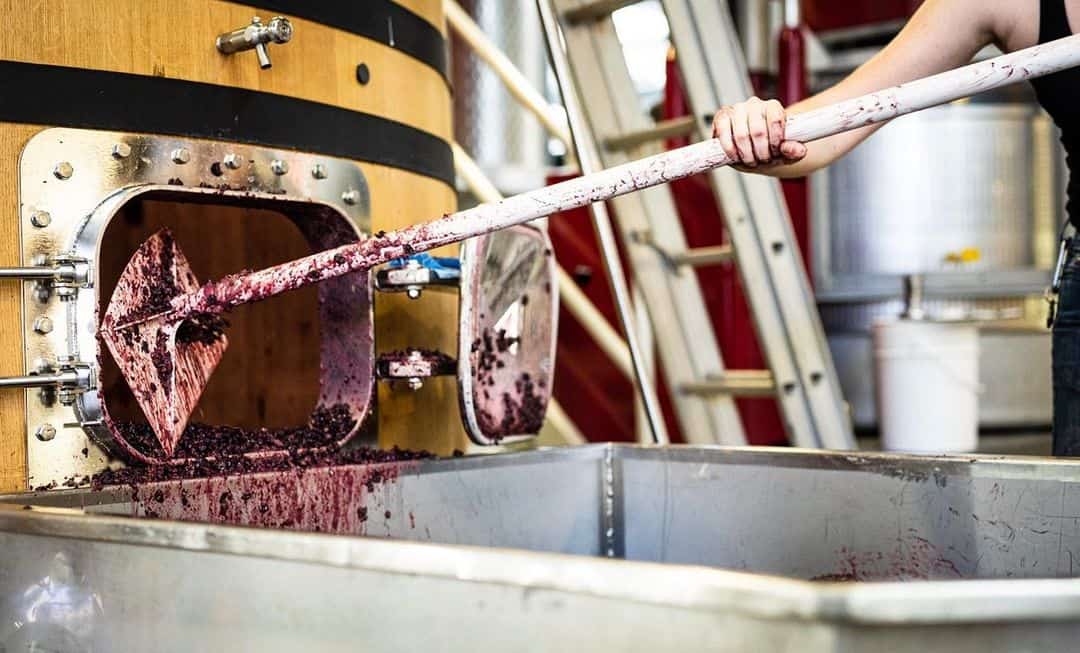 Photo from @kostabrownewinery
Photo from @kostabrownewinery
3. Ferment
In this step, yeast converts the sugar in the must into alcohol and carbon dioxide. Generally, winemakers add cultivated yeast, or commercially purchased strains of yeast, which there is a variety of to choose from. The winemaker carefully monitors and adjusts the temperature, stirs, and aerates.
White Wine
White wine moves into fermentation after the grapes have been crushed and separated from the skins.
Red Wine
Red Wine is moved into fermentation with the skins. During fermentation, the skins rise to the top and form a cap that is blended back into the must daily. Red wine is pressed to separate the skins and the seeds from the must after fermentation.
Spontaneous Fermentation
The addition of cultivated yeast is not always necessary because grapes naturally carry yeast on their skins. This native yeast will start the fermentation process on its own, but the process is very time-consuming. This is why spontaneous fermentation is mostly used in natural winemaking, but not large-scale commercial winemaking
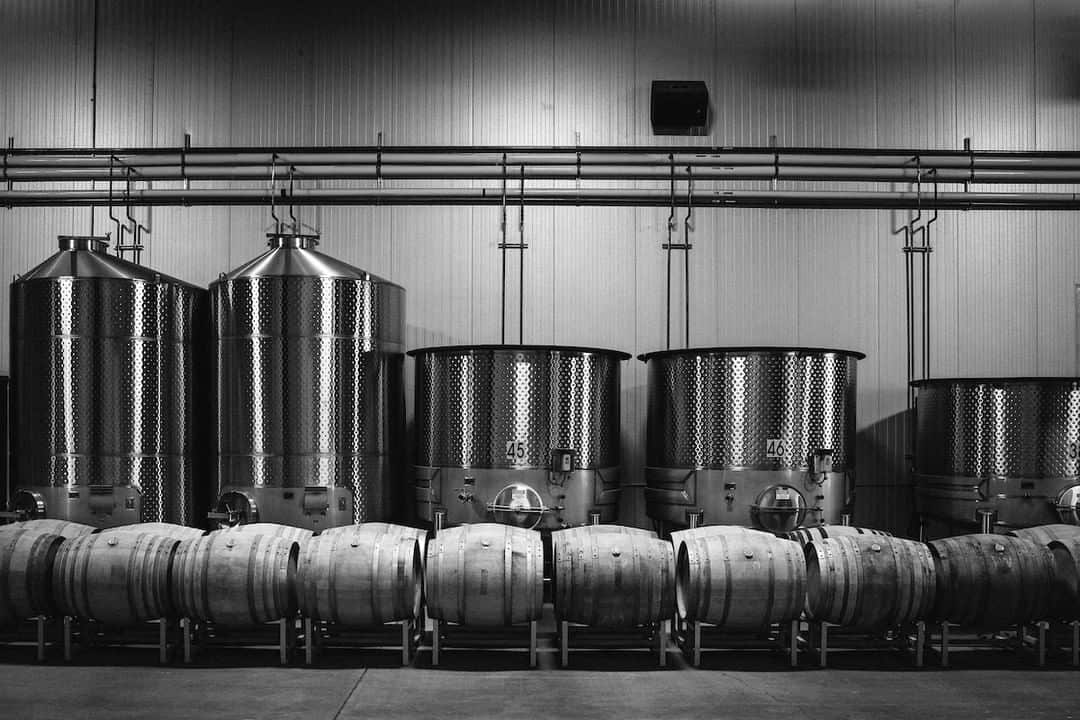 Photo from @kostabrownewinery
Photo from @kostabrownewinery
4. Age
After fermentation, the wine matures. During the maturation period, the wine can undergo a second, malolactic fermentation. Unlike yeast fermentation, malolactic fermentation involves temperature-sensitive bacteria which convert tart, green apple, malic acid into soft, buttery, lactic acid. Winemakers either prevent this by cooling the wine, or encourage it by warming the wine.
During maturation, wine is also either separated from or left in contact with lees. Lees is a layer of dead yeast cells that settles to the bottom of the vessel after fermentation. Longer contact with lees gives the wine a “fresh-bread aroma,” and affects its texture, and complexity.
The choice of the aging vessel also impacts the final taste of the wine. Stainless steel tanks produce crispier, lighter wines with a touch of CO2. Oak barrels add fruit and vanilla flavors, and texture. Even the condition of the barrel, new or used, impacts the taste.
White Wine
After fermentation, light and crisp white wines like Sauvignon Blanc and Pinto Grigio are briefly kept in storage tanks. Richer white wines like Chardonnays that taste creamier, milkier, and rounder are matured and undergo malolactic fermentation.
Red Wine
Red wines commonly age in oak barrels anywhere from two months to years. Sohm mentions that most reds typically undergo malolactic fermentation.
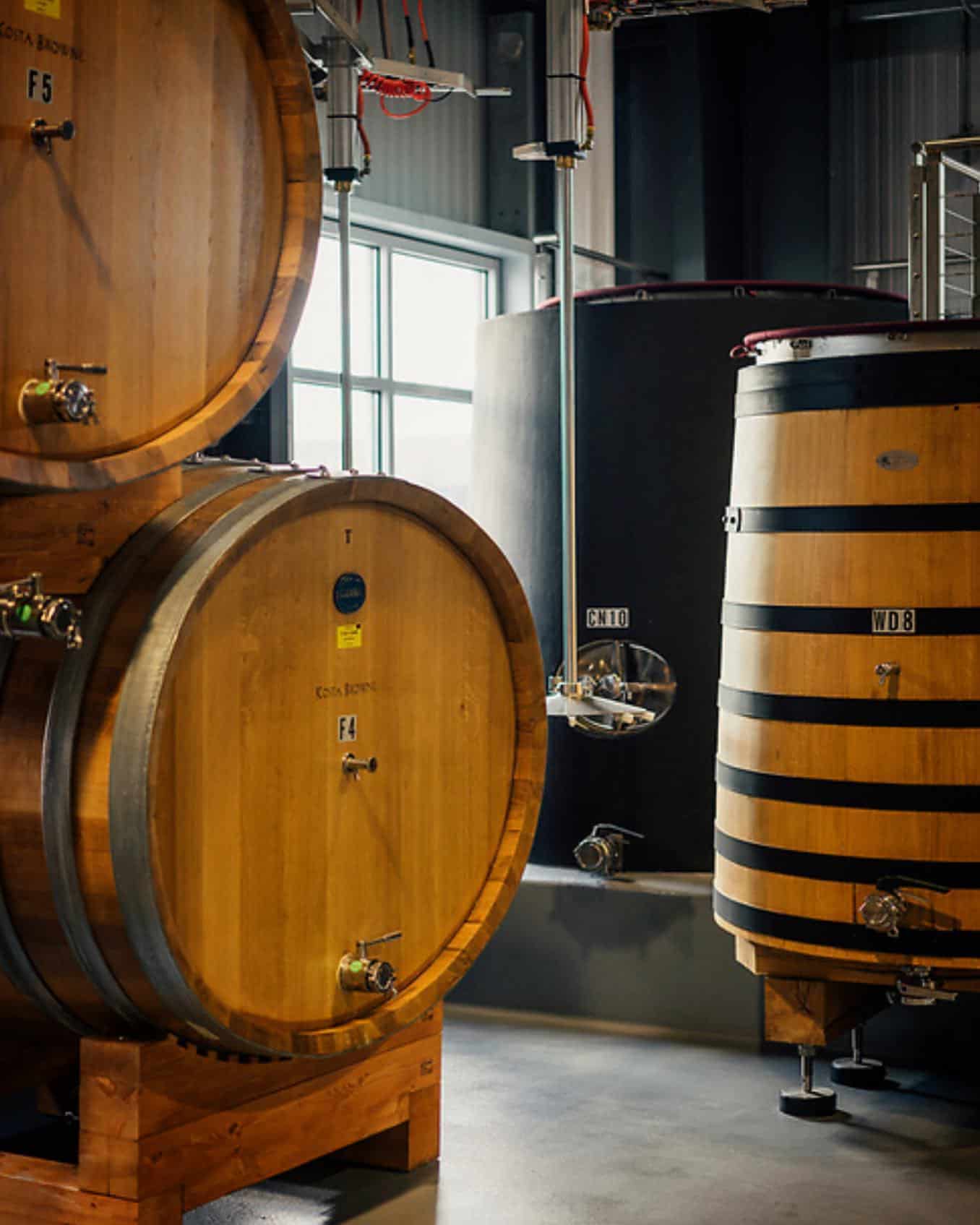 Photo from @kostabrownewinery
Photo from @kostabrownewinery
5. Fine, Filter and Bottle
After aging and before bottling, wine is fined and filtered. First, a fining agent such as bentonite clay, egg white, or fish bladder is added to collect and sink any leftover sediments that otherwise make the wine hazy. Second, filtration removes the collected sediments and clears the wine. The winemakers also adjust the final sulfur dioxide level to prevent spoilage and bottle the wine. Because the bottling process, as Sohm says, can close up the flavor in what he calls “bottling shock,” the wine rests at the winery before going to market.
Making Mead
The process of preparing honey for fermentation very much parallels preparing a grape. Turn the honey into a manageable liquid, kill off bacteria, add yeast to ferment, filter out impurities, and bottle. But skip the harvest.
While wineries have an on-site vineyard, meaderies rarely run a beekeeping operation. Justin Schoendorf, the owner of Monks Meadery, says that even maintaining 300,000 bees doesn’t produce anywhere near enough honey for a commercial operation. Some meaderies can produce honey for a tiny fraction of their mead production, but normally the honey is sourced locally.
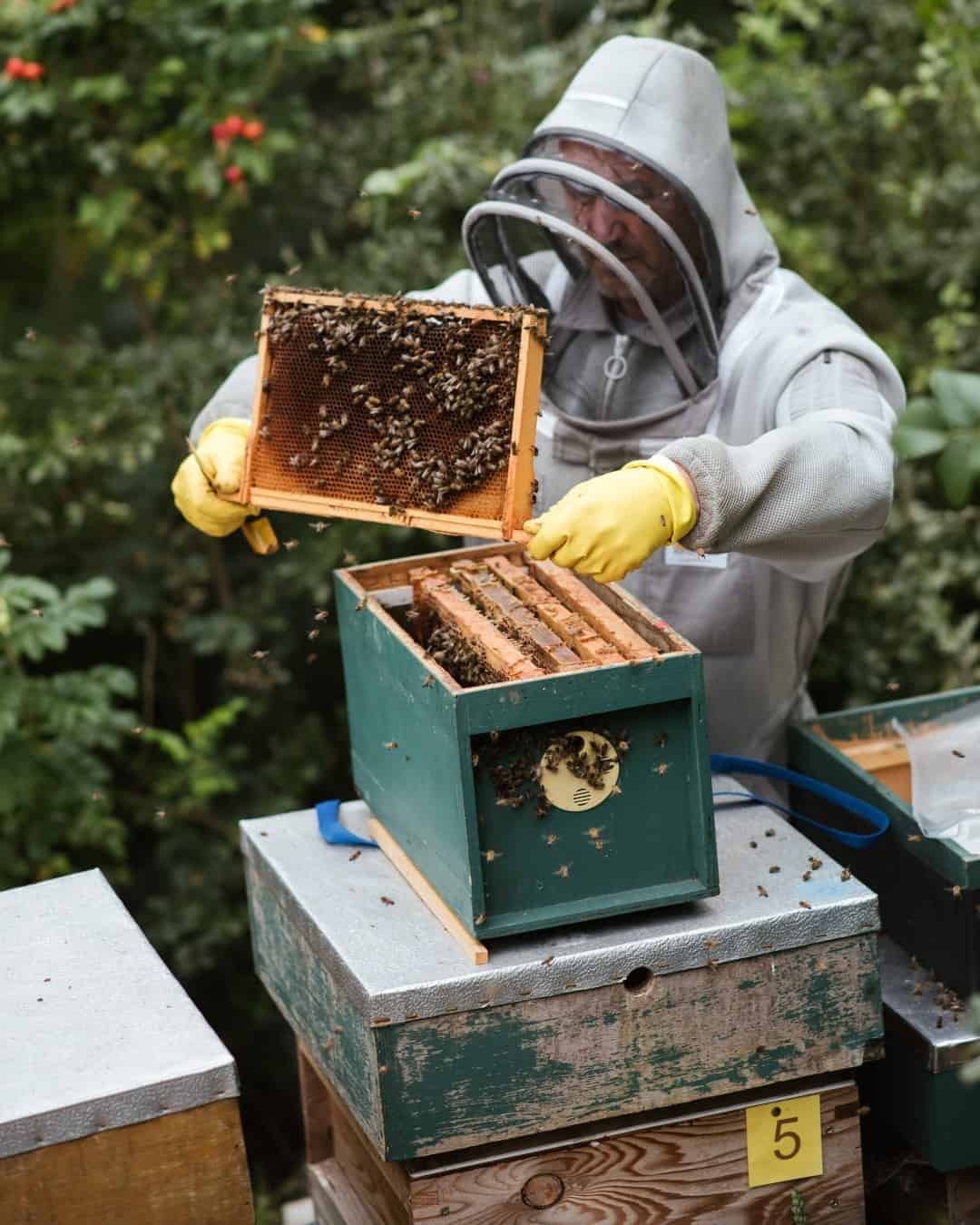 This and featured photo, courtesy of @savannahbeeco
This and featured photo, courtesy of @savannahbeeco
1. Dilute
Honey, due to its extremely high sugar content, is an extremely shelf-stable substance. For any organism, such as yeast, to survive in it, it needs to be diluted. Dilution also helps with the manageability of the highly viscous substance.
The diluted substance is sometimes called must, like in winemaking, or wort like in beer brewing, but doesn’t have a dedicated term. This lack of terminology is what further drives the confusion between mead, wine, and beer.
2. Heat
Heating the diluted honey solution is frowned upon by traditional meadmakers. But this step can be considered a tweak specific to the maker. Monks Meadery, for example, incorporates a boiling step. Justin describes it as getting rid of any impurities, bacteria, and “funkiness,” and giving the mead his preferred “cleaner taste.” Other meadmakers rely on honey’s natural antibacterial properties to purify the solution.
3. Ferment
After boiling, yeast is added to the diluted honey solution and fermentation begins. Unlike grapes, which can undergo spontaneous fermentation with native yeast, honey can’t. As a highly stable substance, honey not only requires cultivated yeast but also additional oxygen and nutrients to guarantee the yeast’s functionality.
4. Fine, Filter, and Bottle
Like wine, mead is fined and filtered. But instead of using fining agents, mead uses cold crashing. In cold crashing, the temperature is lowered, which sends leftover suspended yeast cells into survival mode. In survival mode, the yeast cells clump together and settle to the bottom of the tank. The cold-crashed sediment is removed through a filtration system and mead is bottled.
5. Age
Some mead is aged as part of the traditional process. Justin says “if mead isn’t boiled, it’s aged to get rid of the funkiness.” With the exception of the MonkHatten, which is aged in whiskey barrels for flavor, Monks Mead makes a ready-to-drink product right after bottling.
Other Ingredients
Mead has a unique underlying honey taste on its own. But it also acts as a blank slate for other flavors. Anything from spices to fruit can be used as a flavoring agent. Justin mentions that any strong flavoring agents should be added in a primary addition, or before fermentation, to let the flavor mellow out. And more delicate flavors should be used in a secondary addition, or after fermentation, to preserve the flavor.
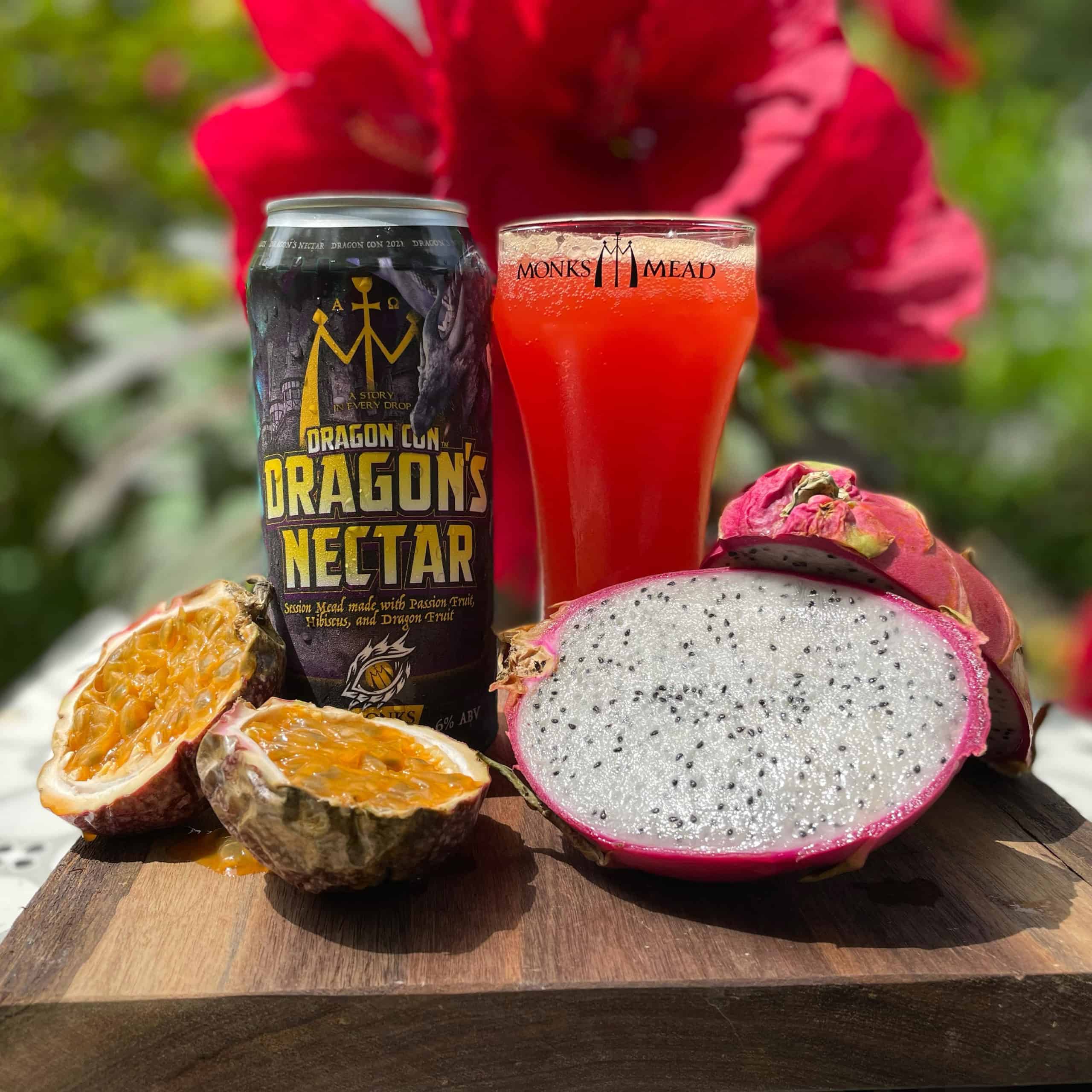 Photo from @monksmead
Photo from @monksmead
The Alcohol Content
The primary driver of ABV in an alcoholic beverage is the sugar content of the starting ingredient. The more sugar yeast consumes, the more alcohol it produces. Grapes contain a fairly high amount of sugar and wine’s ABV ranges from 12% to 16% depending on the ripeness of the grape. Honey contains an even higher amount of sugar, and can produce mead as high as 22% ABV. But honey is also versatile. It can be diluted to produce mead as low as 5%.
The Taste
Mead, just like wine, and just like beer, has its unique taste. But additionally, because honey is a blank canvas for other ingredients, mead takes on a variety of flavors. The taste of the final product very much depends on the meadmaker’s preference, the fermentation technique, and the flavoring agents.
Our original Monks Mead, an 11.9% ABV mead made with 100% wildflower honey, is light, carbonated, and easy drinking. Flavored meads, such as our Peachin to the Choir, a 5.3% peach tea mead, Pink by Bacchus, a 6.5% pink lemonade mead, and Sriki Tiki, an 8% tropical pineapple and almond mead, are perfect, light and fruity refreshers. Our other flavored meads, like the Butter Buzz, a 6% vanilla, maple, and spice mead, and Stigmata, a 9% floral mead, are much cozier and comforting sips.
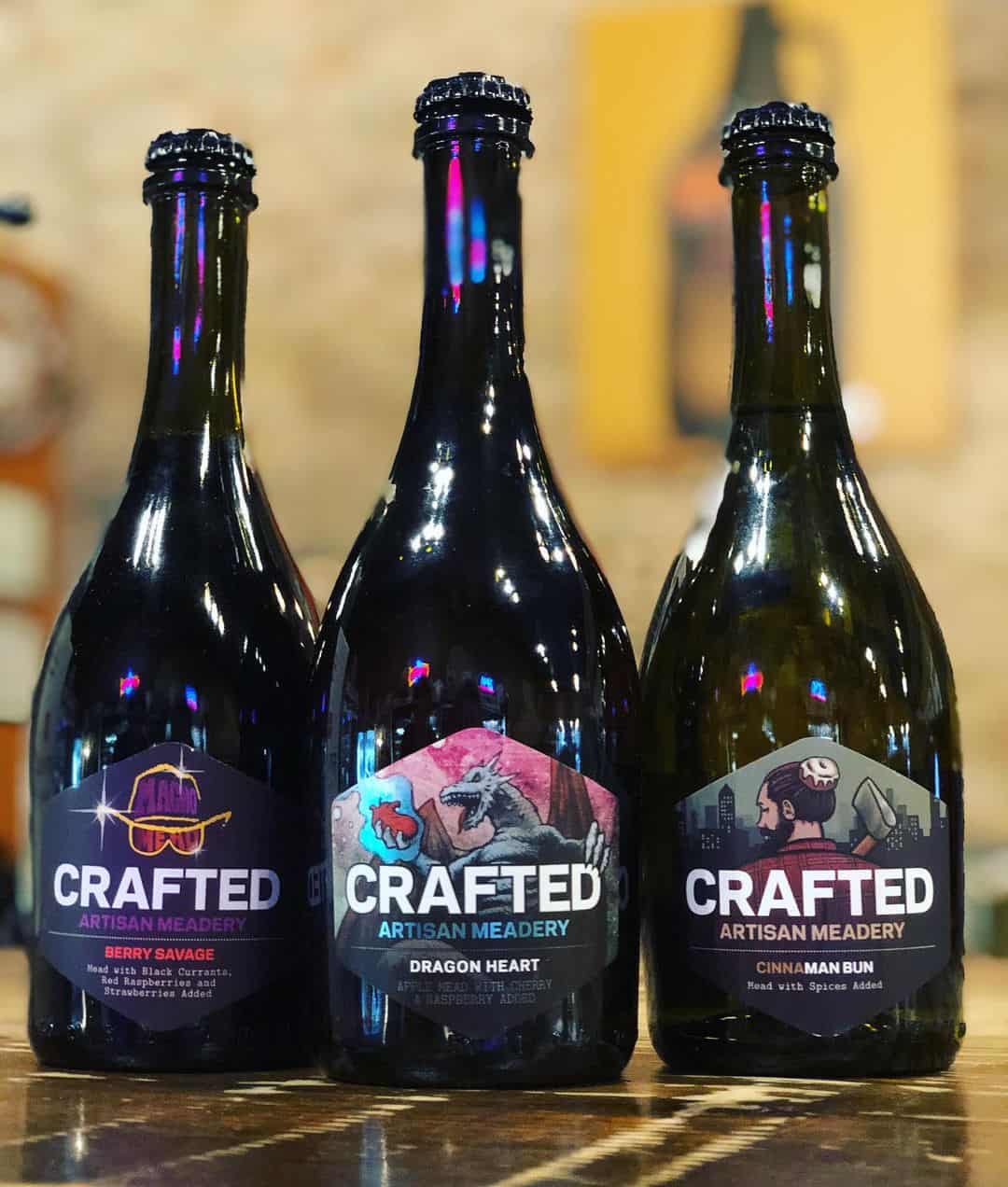 Photo from @themaltidudes
Photo from @themaltidudes
Wine’s unique taste varies based on the climate, elevation, and soil where the grape was grown. As Sohm says, “each type has its distinct personality due to the thickness of its skin, the flavor of its flesh, even the size of its seeds.” A Pinot Grigio is light, zesty, and fruity, while a Chardonnay is buttery and full-bodied. A Cabernet Sauvignon is intense, full-bodied, and tannic, while Pinot Noir is fruity and earthy.
Similarities in the Differences
The main difference between wine and mead are their starting ingredients. Wine aims to bring out and bold the flavors of the grape. Honey welcomes flavoring ingredients to enhance the taste of mead. The two fermentation processes within themselves are different, yet the steps between the two are mirror images. Crushing the grapes is the mead equivalent of dilution. Adding sulfur dioxide to wine is boiling the mead. Fining agents are equivalent to cold crashing. And any unique tweak in wine’s fermentation process might as well be an additional ingredient in mead.
Every choice the producer of these beverages makes affects the final product. And an endless combination of them results in a wide variety of both products on the market. You can find a wine just as approachable as mead, and a mead similarly complex to a wine. The key is to keep an open mind and start with the flavors you like.

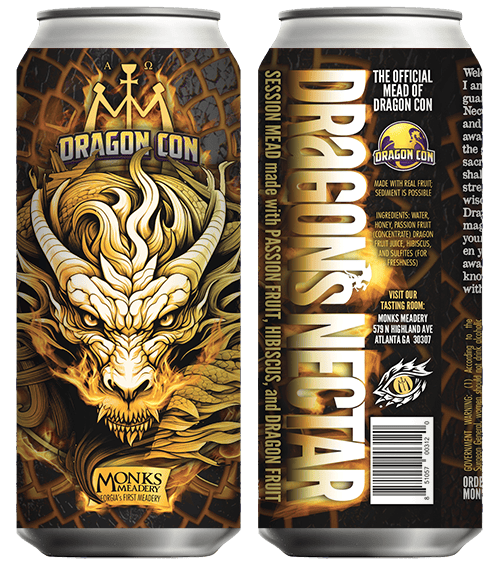
 TRIPLE WINNER at the MEAD CRAFTERS COMPETITION
TRIPLE WINNER at the MEAD CRAFTERS COMPETITION  The FIRST AMERICAN MEADERY to MEDAL at the MEAD MADNESS CUP
The FIRST AMERICAN MEADERY to MEDAL at the MEAD MADNESS CUP MAZER CUP AWARD WINNER: TRY OUR AWARD-WINNING MEADS!
MAZER CUP AWARD WINNER: TRY OUR AWARD-WINNING MEADS!

